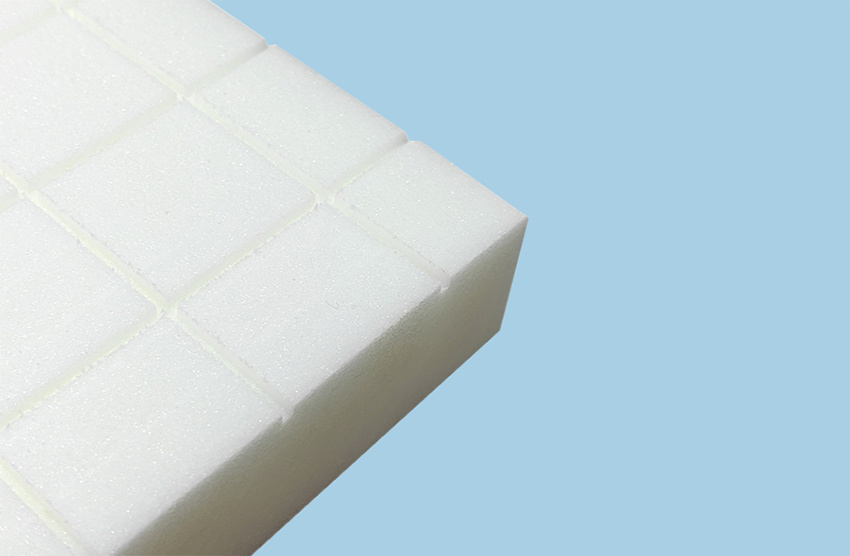
PET Foam in Sports and Construction: Enhancing Performance and Energy Efficiency
Polyethylene terephthalate (PET) foam’s rise from a humble packaging material to a high-performance engineering solution is reshaping industries like sports equipment and green building. Its combination of lightweight durability, thermal insulation, and eco-friendliness makes it indispensable in applications demanding precision and sustainability. This article examines how PET foam is redefining standards in these sectors.
1. Sports Equipment: Precision Engineering for Athletic Excellence
In competitive sports, even marginal gains in equipment performance can determine victory. PET foam’s role in racket sports exemplifies this trend. Tennis and badminton rackets now feature PET foam cores sandwiched between carbon fiber layers, enhancing shot power and vibration damping. Similarly, PET foam’s closed-cell structure makes it ideal for water sports. Unlike traditional polyurethane foams, PET maintains stiffness in cold waters, ensuring consistent performance across climates.
2. Green Building: Energy-Efficient Insulation and Structural Innovation
The construction industry is embracing PET foam for its dual benefits of thermal insulation and load-bearing capacity. In roofing systems, PET foam panels with densities of 210 kg/m³ provide R-values comparable to polyisocyanurate (PIR) foam but with 30% lower thermal conductivity.
PET foam’s fire resistance—a critical factor in building safety—has been enhanced through additives like melamine cyanurate. Tests show that modified PET foam achieves a Class B1 rating under European standards, making it suitable for high-rise applications. Additionally, its resistance to moisture and mold growth extends building lifespans, aligning with the EU’s Level(s) framework for sustainable construction.
3. Marine and Offshore: Corrosion-Resistant Solutions for Harsh Environments
The marine industry faces unique challenges: saltwater corrosion, UV degradation, and mechanical stress. PET foam’s inert chemistry and closed-cell morphology address these issues effectively. Shipbuilders in Norway and South Korea now use PET foam cores in hull laminates, reducing vessel weight by 25% while improving fuel efficiency. For offshore platforms, PET foam’s buoyancy modules withstand depths exceeding 300 meters, outperforming traditional syntactic foams in pressure resistance.
Conclusion
From enhancing athletic performance to enabling net-zero buildings, PET foam’s adaptability positions it as a cornerstone of modern material science. As industries prioritize sustainability without compromising functionality, PET foam’s role will only expand, proving that innovation and environmental stewardship can go hand in hand.

PET foam
Latest News
Previous Page




